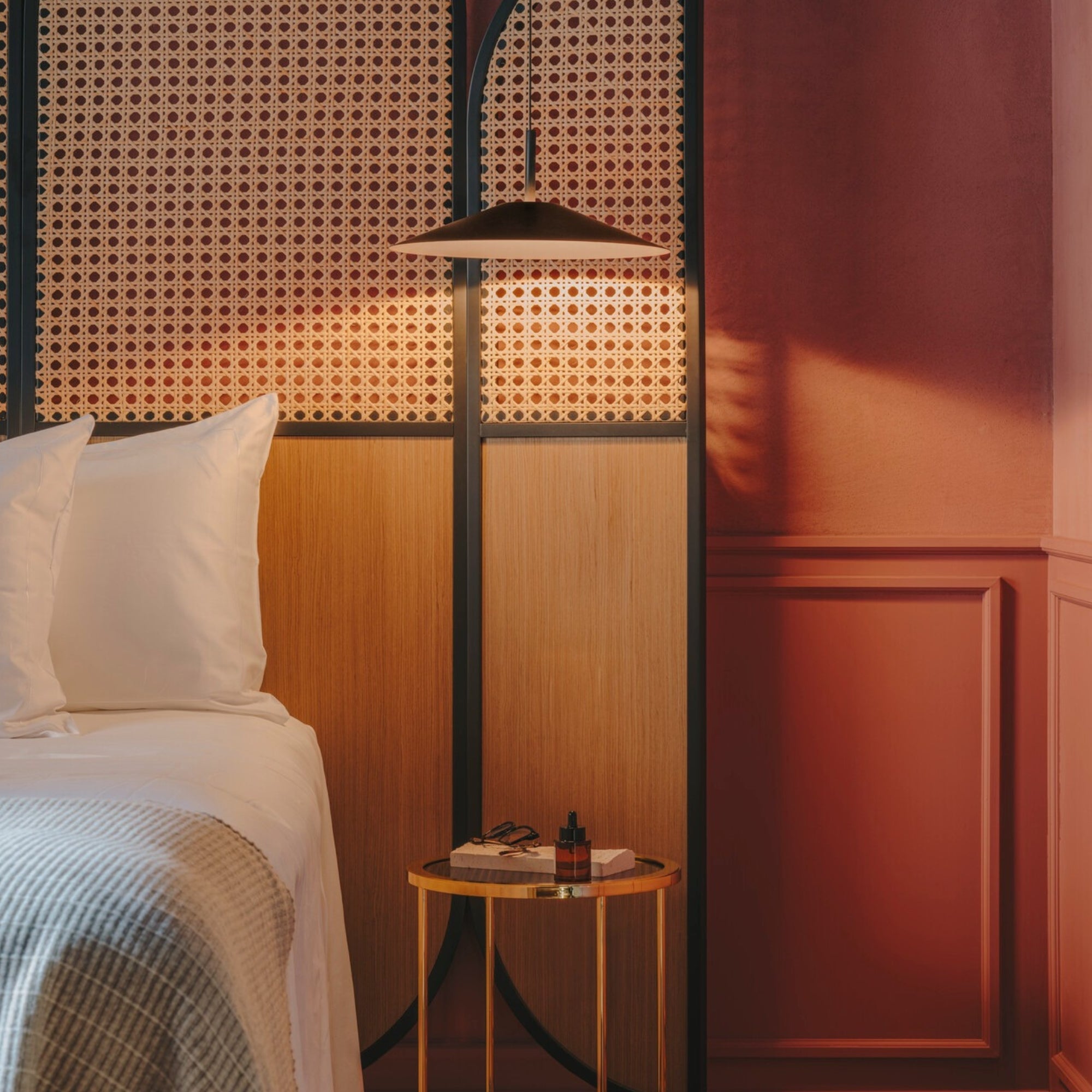If you’re considering changing the lighting in your room or re-designing it completely, it’s important to explore the various lighting options available to you.
Lighting is crucial for both practical and aesthetic purposes in any home or commercial environment. Different types of lighting can significantly influence the appearance, mood, and overall atmosphere of your room, so it’s important to know which types to use where.
In this guide, we will walk you through the various lighting options, the effects they create, and how to effectively incorporate them into your home or business. Whether you aim to set a specific mood, require functional lighting for tasks, or simply wish to accentuate a beautiful feature, discover which lighting types will enhance your space.
Table of contents:
- How many types of lighting are there?
- What are the 3 basic types of lighting?
- Other types of lighting
How many types of lighting are there?
If you’re wondering what types of lighting there are, you’re in the right place. Typically, lighting designers list three main types of lighting as the foundations of creating a lighting scheme: ambient lighting, task lighting and accent lighting. However, if you want to go a step further, you can also think about decorative lighting to inject your unique style into a room.
While it may not be something you can easily control, it’s important to remember the role natural light plays in a room’s lighting scheme. In fact, many people consider this to be the “fifth element” when designing the lighting for a room.
In the following sections, we will explore the various styles of lighting, offering guidance on selecting the best options to achieve your desired ambience and highlighting which types of lighting work best in specific rooms.
But before you start, consider the purpose of the room. Ask yourself, what will the room be used for? Will you need multiple lights for different purposes? Then, you can think about what styles of light you will need.
What are the 3 main elements of lighting?
Let’s start with the three main principles of lighting.
Ambient lighting
Often referred to as mood lighting, ambient lighting is one of the most common types of lighting used in most spaces, and usually, it will be the primary source of light in any given room. So, it’s a great place to start!
Ambient lighting ensures the room is well-lit so you can move around safely and easily. Done well, it can bounce off walls and illuminate the entire space, creating the right balance of light and shade.
Examples of ambient lighting
Ceiling lights are the most common means of providing ambient illumination, whilst wall lights present a wonderful alternative.
For practical purposes, incorporating ambient lighting in every room is essential, whether you are designing a lighting scheme for your home or business. Therefore, it’s beneficial to begin with the fundamentals. However, this doesn’t imply that the lighting must be boring. With a wide variety of ceiling and wall light options available, you can create a distinctive space that reflects the desired mood and aligns perfectly with your design preferences.
Task lighting
Once you have your ambient light sorted, sometimes you need more focused lighting to complete specific tasks; this is where task lights come in.
Task lighting is a more concentrated light type usually used to illuminate spaces for a specific task, hence the name.
Regardless of whether you’re engaged in reading or writing, cooking or dining, or any other activity, this type of lighting allows you to see finer details more clearly, thereby boosting productivity. It is designed to minimise shadows that can impede your work. Additionally, task lighting enhances alertness and improves focus and concentration.
Examples of task lighting
Make your home or office a more productive space with the right lighting. Think about using reading lamps, desk lamps, table lamps, and floor lamps to improve your focus and brighten your work areas. Under-cabinet lighting can help illuminate your kitchen work surfaces, while spotlights or island lighting can enhance your countertops. Plus, adding a pendant light to your dining room can provide helpful task lighting and create a welcoming atmosphere for meals and gatherings.
Similarly, task lighting can be beneficial in the bathroom or at a dressing table. Whether you’re grooming or applying makeup, lighting around the mirror is invaluable.
Accent lighting
Accent lighting, while not essential, adds depth and visual interest to a room. It captures attention and directs the viewer’s focus to specific subjects. This type of lighting primarily consists of concentrated beams that highlight displays, create focal points, or emphasise unique features. As such, accent lighting is an excellent way to create a refined atmosphere and showcase your interior design style.
If you’d like to showcase something in your room—whether it’s a new piece of art, a bookcase filled with your favourite novels, or a standout piece of furniture—accent lighting can highlight them beautifully. Additionally, accent lighting will be your best choice if you want to draw attention to a textured wall or an intriguing architectural detail.
Examples of accent lighting
Downlights and wall and ceiling spotlights are great ways to add accent lighting to create a focal point, as you can direct the beam to where you want the light to illuminate.
Wall sconces, in particular, can also create a wash of light up or down a wall to highlight texture, which would also count as accent lighting.
Picture lights are also an obvious accent light. Use them to highlight your favourite portraits, frames and works of art and enjoy their beauty even when the sun goes down.
Other types of lighting
Decorative lighting
Another delightful aspect of lighting to consider is decorative lighting, which focuses solely on aesthetics. While it may not illuminate the entire room or assist with specific tasks, it offers a wonderful opportunity to express your personality and style through light. By incorporating decorative lighting, you can create a unique ambience that adds charm and character to your space.
Example of decorative lighting
Decorative lighting can be anything aesthetically pleasing that is not necessarily functional. Anything from chandeliers to fairy lights, neon signs to decorative pendant lights, table lamps and wall lights can come under decorative lighting. With this type of lighting, the creativity and style are left up to you.
Natural light
Take note of where natural light enters your space. Observe how it changes throughout the day to determine which rooms receive the most light. Incorporating natural light through windows and skylights affects the mood of your space
Hang mirrors across from windows to reflect natural light deeper into your space, making the room feel brighter and more open.
At Moonlight Design, we have a wide range of stylish mirrors that complement your decor while enhancing light reflection.
Types of lighting at Moonlight Design
Whether you plan to apply the three fundamental lighting principles or consider additional factors, we suggest beginning by assessing the room’s purpose and choosing lighting that creates a balanced and well-lit environment. Remember to customise your lighting design to showcase your unique personality and style
For our full selection of lights, shop our indoor lighting collection at Moonlight Design and find the perfect lighting for your space.
Related blogs:





Leave a comment
This site is protected by hCaptcha and the hCaptcha Privacy Policy and Terms of Service apply.